An Analysis of Animal Farm by George Orwell: Themes and Characters
VerifiedAdded on 2023/05/29
|5
|940
|165
Essay
AI Summary
This essay provides a comprehensive analysis of George Orwell's Animal Farm, examining the novel's key elements. It begins with an overview of the storyline, highlighting the animals' rebellion against their farmer and the subsequent betrayal. The essay explores Orwell's use of the third-person omniscient point of view and the symbolic nature of the characters, emphasizing how they represent human traits and undergo significant transformations. The setting of the farm in England is discussed in relation to its allegorical representation of Russia during a period of political turmoil. The essay also delves into the use of figurative language, such as simile, metaphor, and symbol, to convey deeper meanings. Prominent symbols like the farmhouse, the windmill, and the seven commandments are analyzed for their significance. The essay aims to help readers understand the actions of the characters and the actual occurrences in the targeted society. This student essay offers valuable insights into the themes, characters, and literary techniques employed in Animal Farm.
1 out of 5
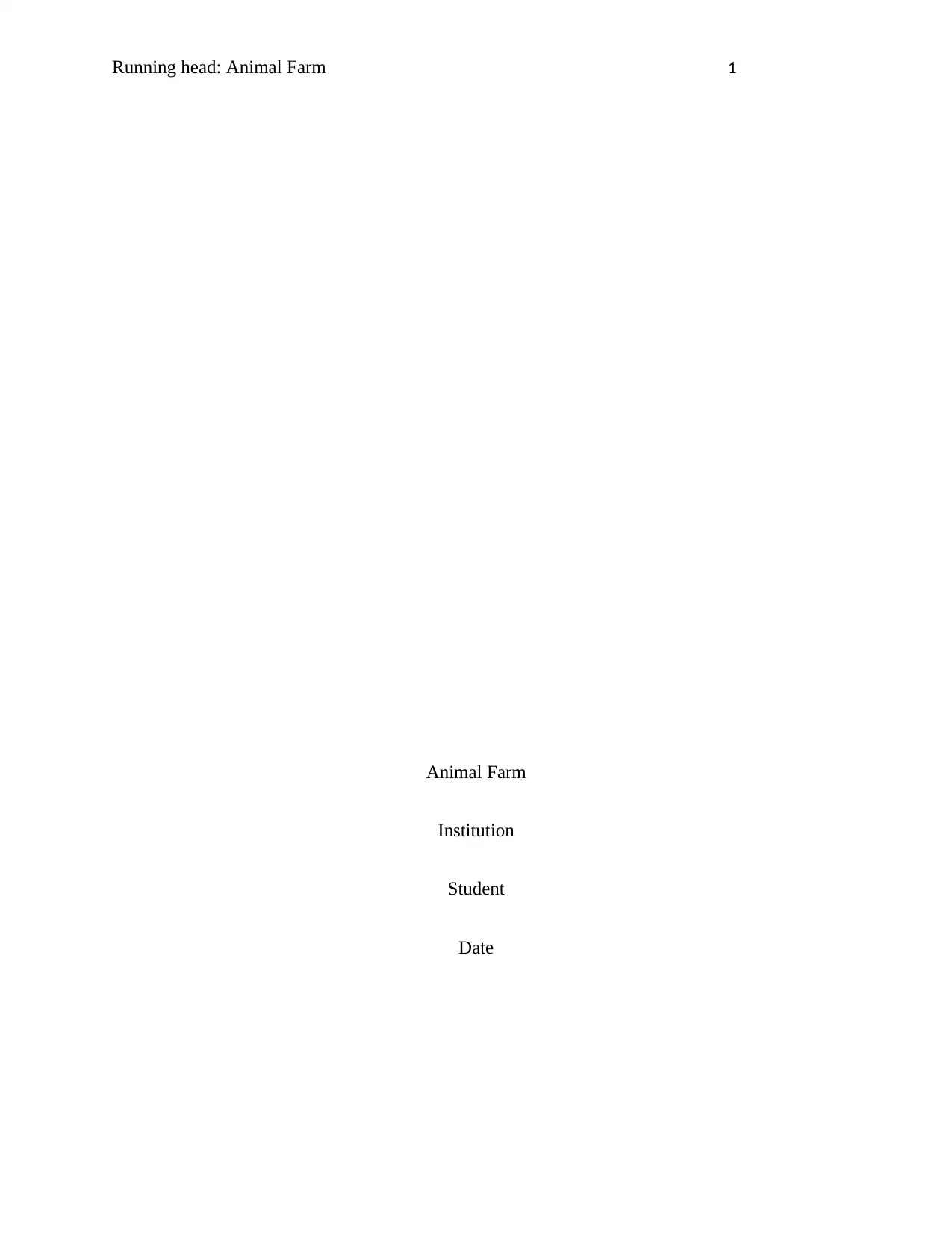
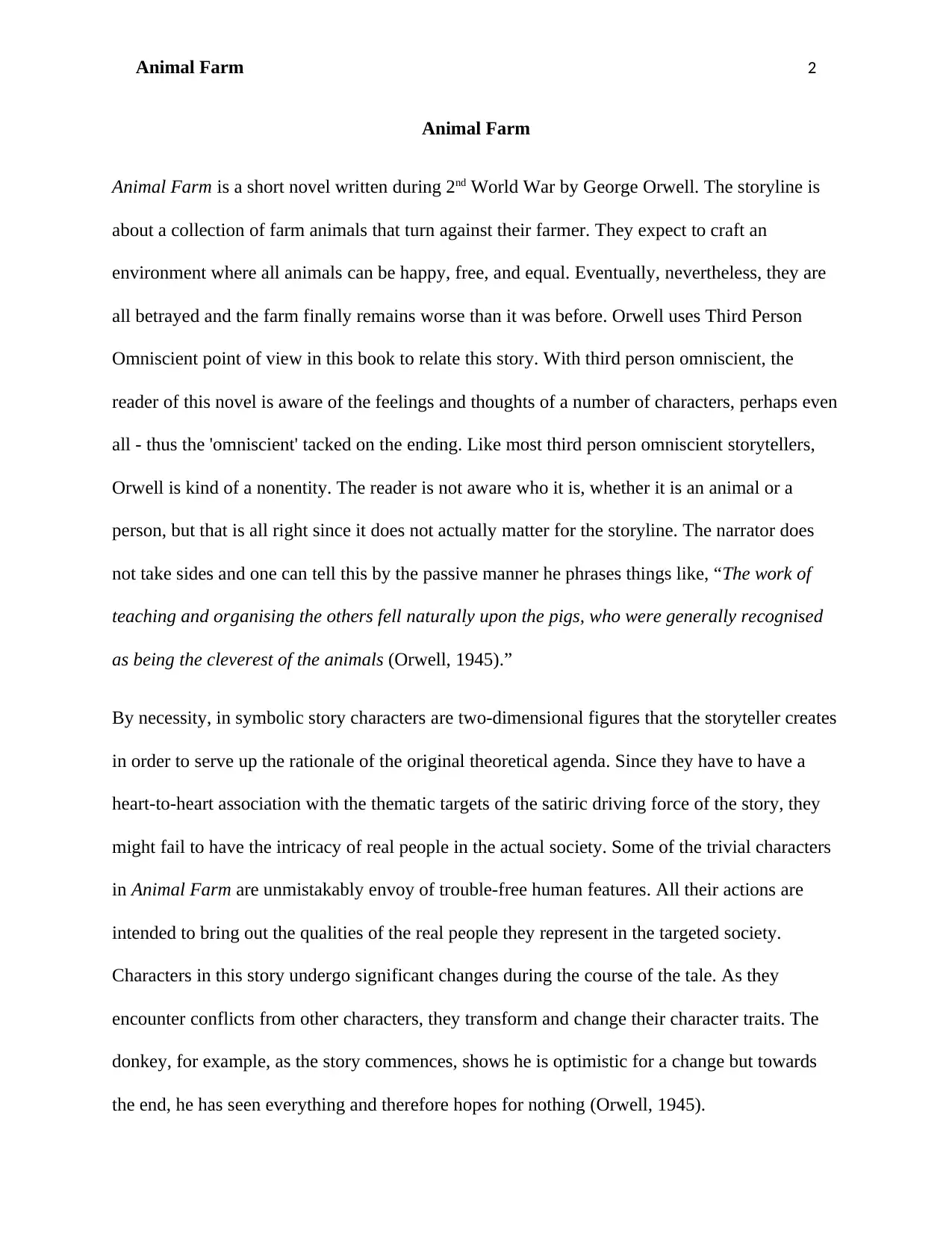
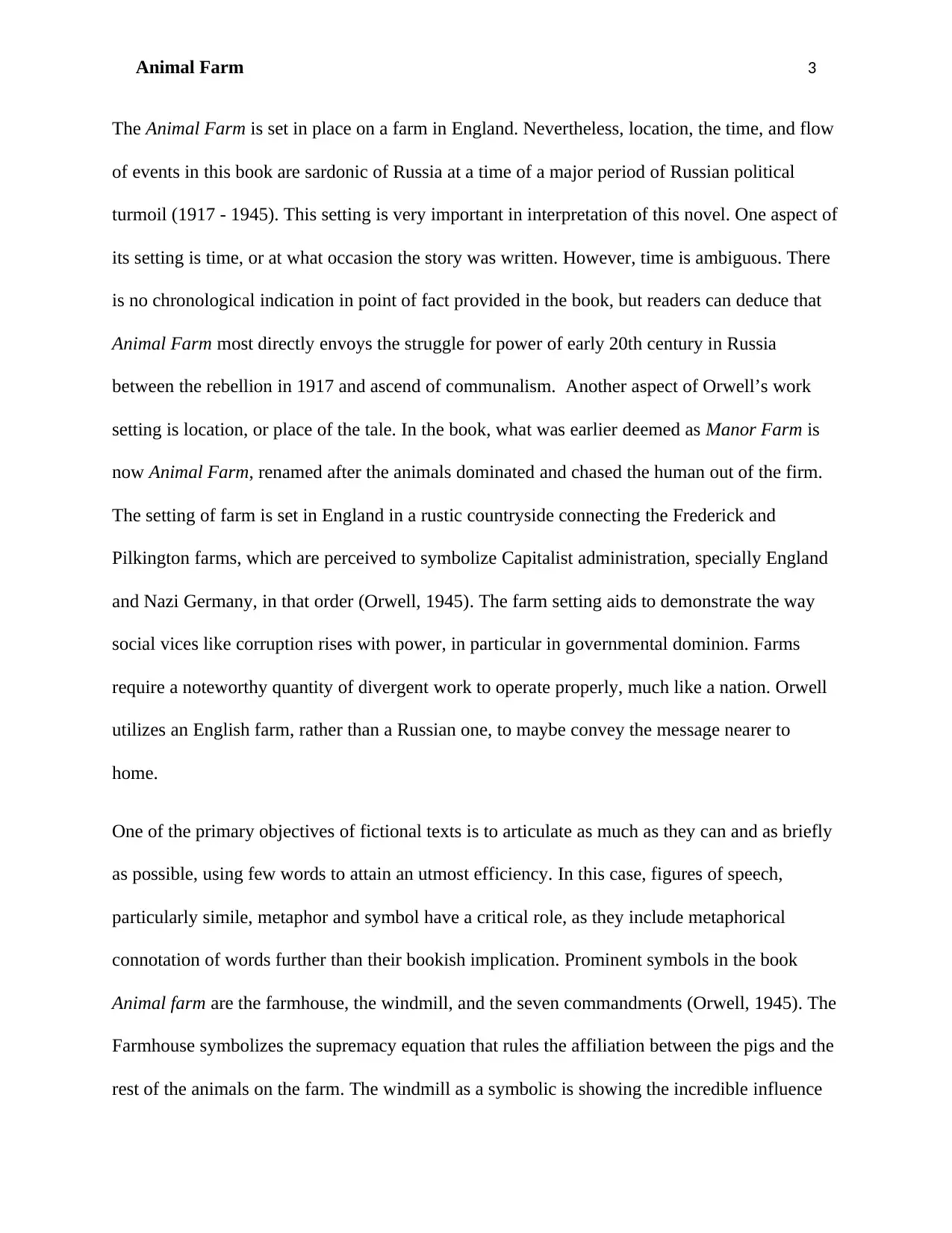

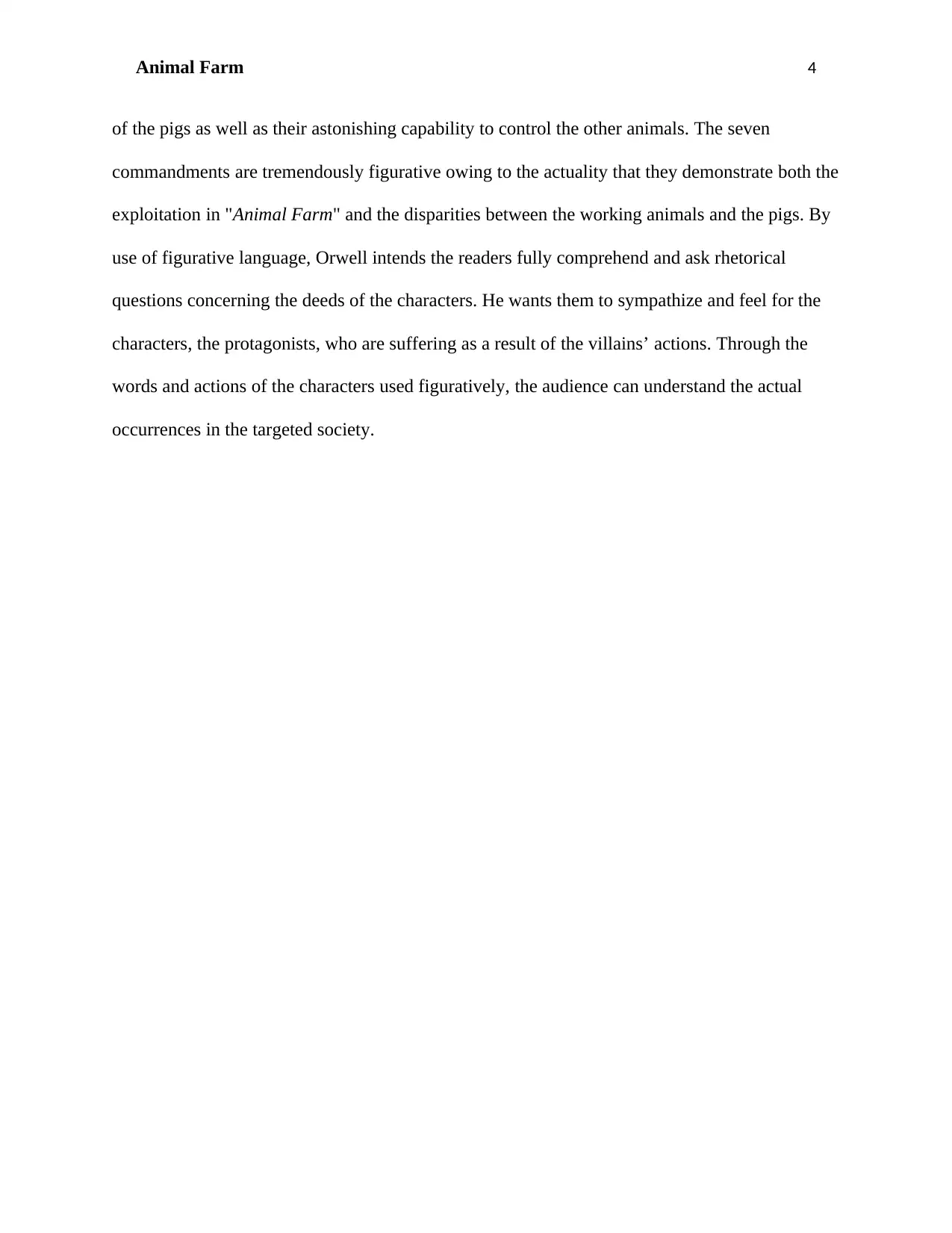
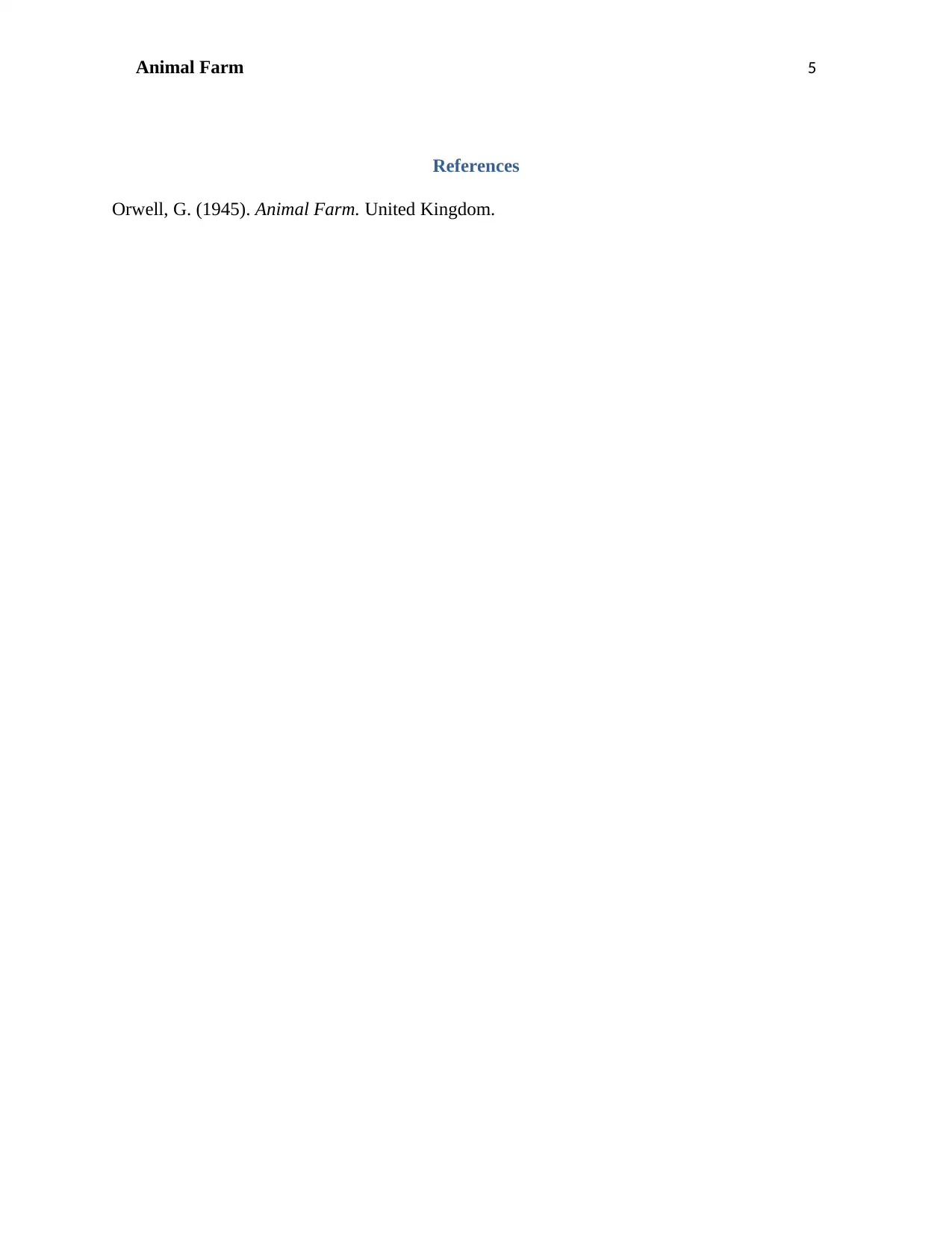
![[object Object]](/_next/static/media/star-bottom.7253800d.svg)